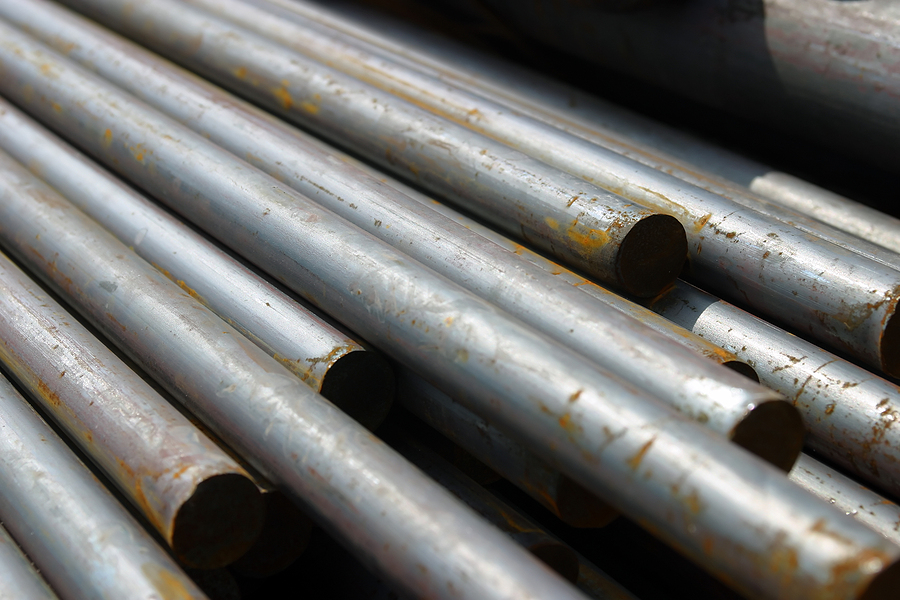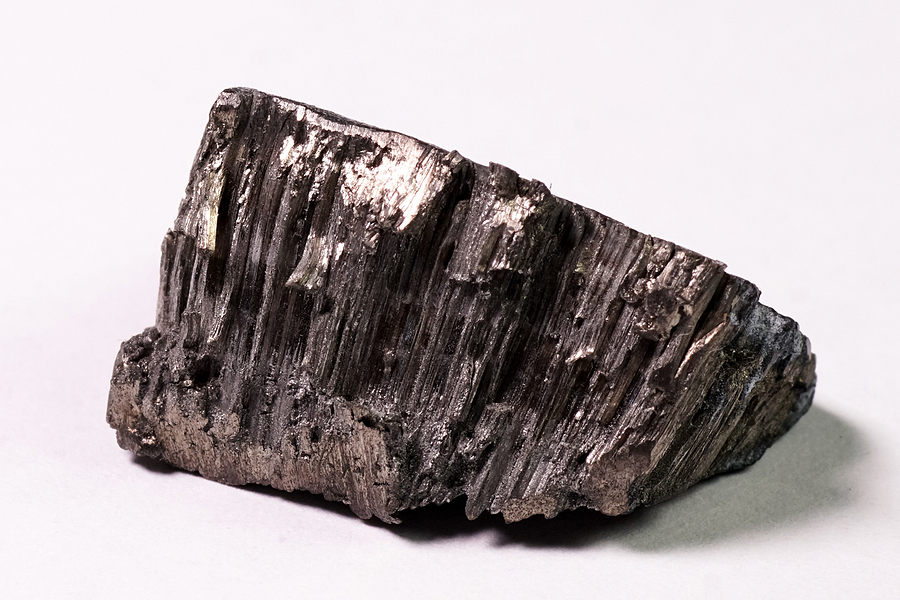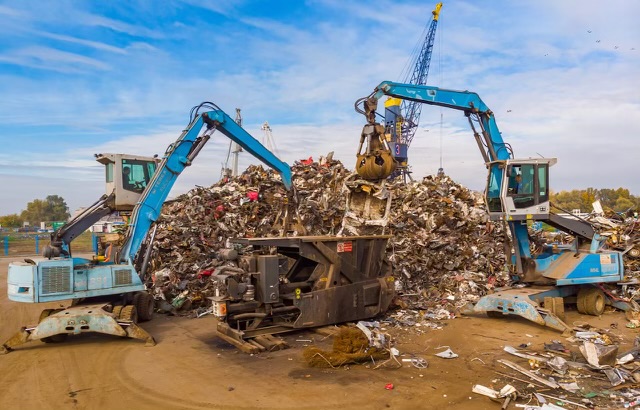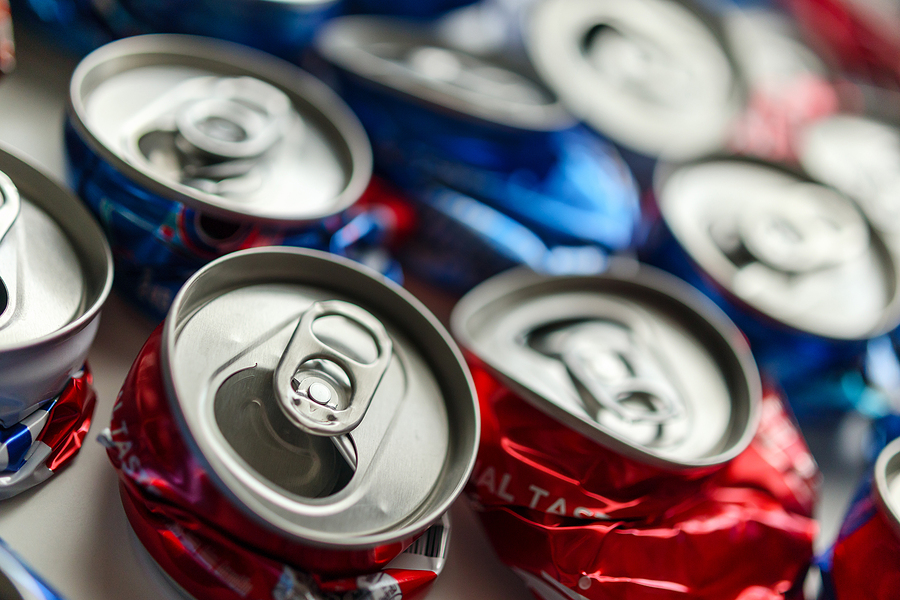Every piece of metal, from the car in your driveway to the can in your pantry, has a story. Many of these items are made from ferrous metals, and their lifecycle doesn’t have to end once they’re no longer useful. Ferrous metal recycling offers a sustainable way to give this valuable material a new beginning.
Understanding the process and importance of recycling scrap metal can be empowering. It not only contributes to a healthier planet but can also put some extra cash in your pocket. This guide will walk you through what ferrous metals are, how they are recycled, and how you can get involved in the process, especially if you’re in the Indianapolis area.

What Are Ferrous Metals?
Ferrous metals are distinguished by one key component: iron. The presence of iron gives these metals their magnetic properties, which is the easiest way to identify them. If a magnet sticks to a piece of metal, it’s almost certainly a ferrous metal. This category includes a wide range of materials, from pure iron to various steel alloys.
Characteristics of Ferrous Metals
- Magnetic: Their iron content makes them strongly attracted to magnets.
- Prone to Rust: When exposed to moisture, the iron in these metals oxidizes, leading to rust.
- Strong and Durable: Ferrous metals are known for their strength and resilience, making them ideal for construction and manufacturing.
Common Examples and Applications
You’ll find ferrous metals in countless everyday objects. Some of the most common types include:
- Steel: An alloy of iron and carbon, steel is one of the most widely used materials in the world. It forms the backbone of skyscrapers, bridges, automobiles, ships, and household appliances. Steel recycling is a major part of the industry.
- Cast Iron: Known for its high carbon content, cast iron is heavy and durable. It’s often used for engine blocks, pipes, and old-fashioned radiators and cookware.
- Wrought Iron: This iron alloy has a very low carbon content, making it malleable and suitable for decorative items like gates, railings, and outdoor furniture.
The Ferrous Metal Recycling Process
The journey of a piece of scrap metal from a junk pile to a new product is a fascinating and efficient process. Metal recyclers follow a standardized procedure to ensure that materials are handled safely and effectively.
Step 1: Collection and Sorting
The first step is gathering scrap metal from various sources, including homes, demolition sites, and manufacturing facilities. At a recycling center like Zore’s Recycling, the collected metal is sorted. The magnetic properties of ferrous metals make this step relatively simple. Large magnets are used to separate ferrous metals like iron and steel from non-ferrous metals such as aluminum, copper, and brass.
Step 2: Processing
Once sorted, the scrap metal is processed to prepare it for melting. This involves shredding or shearing the metal into smaller, more manageable pieces. This increases the surface area, allowing it to melt more efficiently. The metal is also cleaned to remove contaminants like plastic or paint that could compromise the quality of the final product.
Step 3: Melting and Purification
The processed scrap is then transported to a furnace where it is melted down at extremely high temperatures. During the melting process, impurities are removed, and the chemical composition is analyzed to ensure it meets specific standards. Different alloys can be added at this stage to create a final product with desired properties.
Step 4: Manufacturing New Products
After the molten metal is purified, it is cooled and solidified into various shapes, such as bars, billets, or sheets. This recycled metal is then sold to manufacturers who use it to create brand-new products. The cycle is complete, and the metal is ready to serve a new purpose.
Get a Free Offer for Your Scrap Metal Today! ☑
The Benefits of Recycling Ferrous Metals
Recycling scrap metal is more than just a way to clean up your property; it has significant environmental and economic advantages.
Environmental Benefits
The positive impact of ferrous metal recycling on the environment is immense.
- Resource Conservation: Recycling reduces the need to mine for new iron ore, a process that is destructive to landscapes and ecosystems. By reusing existing metals, we preserve finite natural resources.
- Energy Savings: Manufacturing products from recycled steel uses significantly less energy compared to producing them from raw materials. Steel recycling saves enough energy to power millions of homes each year.
- Pollution Reduction: The process of mining and refining iron ore releases harmful pollutants into the air and water. According to industry data, recycling ferrous metals can reduce air pollution by up to 86% and water pollution by 76%.
Economic Benefits
The economic advantages of the scrap metal recycling industry are just as compelling.
- Job Creation: The recycling industry supports thousands of jobs, from collection and sorting to processing and manufacturing. Metal recyclers play a vital role in local economies.
- Cost Savings: Using recycled metal is often more cost-effective for manufacturers than using virgin materials. This can lead to lower prices for consumers on a wide range of goods.
- Cash for Scrap Metal: For individuals and businesses, recycling offers a direct financial incentive. You can earn cash for scrap metal, turning unwanted items like old appliances, junk cars, and construction debris into a source of income.
How to Participate in Ferrous Metal Recycling
Getting involved in recycling is straightforward. Here are a few tips to get you started.
Finding a Recycling Center
If you’re in the Indianapolis area, a quick search for “metal recyclers near me” will point you to local facilities. Zore’s Recycling is a trusted name in Central Indiana, offering comprehensive recycling services. Look for centers that accept a wide range of materials and offer competitive prices.
Preparing Metals for Recycling
To get the most value for your scrap, it’s a good idea to prepare it beforehand.
- Clean Your Metals: Remove as much non-metal material as possible, such as plastic, rubber, and wood.
- Sort by Type: While recycling centers will do the final sorting, separating your ferrous and non-ferrous metals can sometimes fetch a better price. Use a magnet to easily tell them apart.
- Safety First: When handling large or sharp pieces of metal, always wear protective gear like gloves and safety glasses.
Frequently Asked Questions
What types of ferrous metals can be recycled?
Most common ferrous metals can be recycled, including all types of steel, cast iron, and wrought iron. Everyday items like cars, appliances, steel beams, and old machinery are all excellent candidates for recycling.
Are there any ferrous metals that cannot be recycled?
While most ferrous metals are recyclable, items contaminated with hazardous materials like paint, oil, or chemicals may require special handling or may not be accepted. It’s always best to check with your local recycling center for their specific guidelines.
How do I prepare ferrous metals for recycling?
To prepare your metals, clean off any non-metal attachments and contaminants. If possible, sort them from non-ferrous metals. For larger items like junk cars, you’ll need to work with a specialized service to handle them properly.
Final Thoughts
Ferrous metal recycling is a powerful example of a circular economy in action. It conserves precious resources, protects our environment from pollution, and stimulates economic growth. Every recycled car, appliance, and steel beam contributes to a more sustainable and efficient world.
If you have scrap metal to recycle in the Indianapolis area, don’t let it go to waste. Zore’s Recycling offers reliable services and fair prices for your materials, including junk cars and auto parts. Contact us today to learn more about our recycling solutions and how you can turn your scrap metal into a valuable resource.
Related Post: Ferrous vs Nonferrous Metals: The Ultimate Recycling Guide









